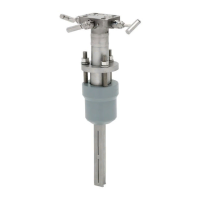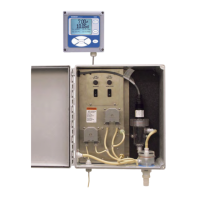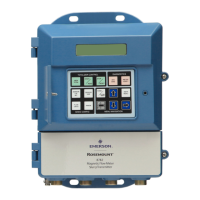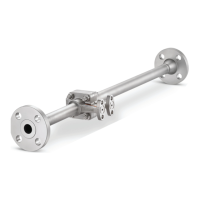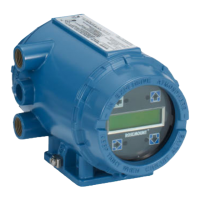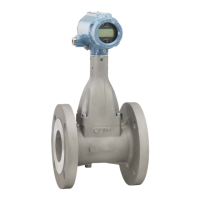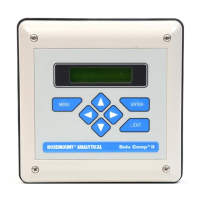Emerson Process Management GmbH & Co. OHG2-24
X-STREAM XE
Short Form Manual
HASXEE-SFM-HS
05/2017
2.7 Notes on Wiring Signal Inputs and Outputs
2.7 Installation - Notes on Wiring
Emerson Process Managament has made
every effort during the development process
to ensure that the X-STREAM analyzer series
ensures electromagnetic compatibility (EMC)
with respect to emission and interference
resistance, as conrmed by EMC measure-
ments. However, EMC is not only inuenced
by the design of the instrument, but to a
large degree by the on-site installation pro-
cess. Please observe the following sections
and precautions to guarantee the safe and
problem-free operation of this analyzer. We
recommend the operation of our analyzers in
TN-s or TT power supply systems which are
favorable regarding EMC effects.
2.7.1 Electrical Shielding of Cables
Fig. 2-14: Shielded Signal Cable, Shielding Connected At Both Ends.
In order to minimise ambient electromagnetic
interference, it is necessary to take care mak-
ing all electrical connections between the
analyzer and any other devices:
We recommend using only shielded
signal cables. For TN-S and TT systems
the shielding must be connected at both
ends to the housing (Fig. 2-14).
On-site conditions often differ from test
environments and may require special pre-
cautions. Such a case arises when strong
electromagnetic elds which could induce
an interference current in the shielding. This
type of current creates a potential difference
between the connected housings.
Two possible methods of eliminating this e.g.
in TN-C or TN-C-S systems are described
here. Fitters familiar with EMC problems must
decide which method should be applied.
• The shielding is connected only at one
end (connecting to the analyzer is rec-
ommended): this gives better protection
against external interference, and inter-
ference currents are prevented because
the ground loop is interrupted.
This is the preferred method for connecting
cable shields in hazardous area installations
to prevent interference currents between con-
nected enclosures.
Fig. 2-15: Shielded Signal Cable, Shielding Connected At One end.
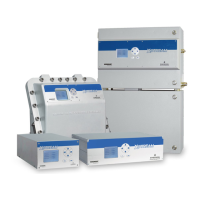
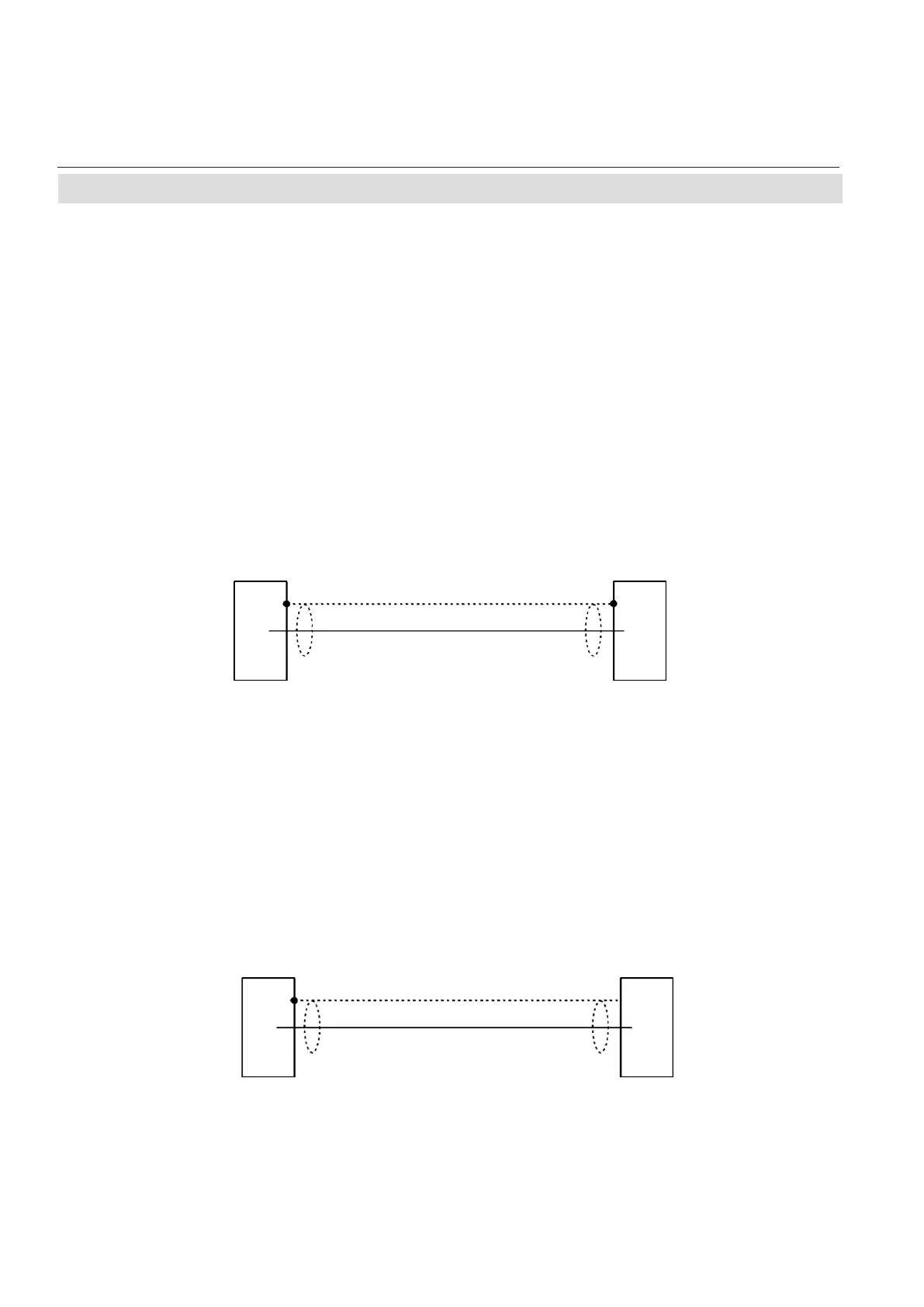